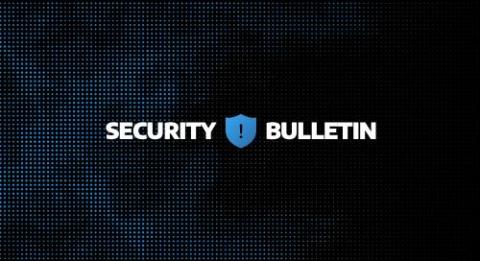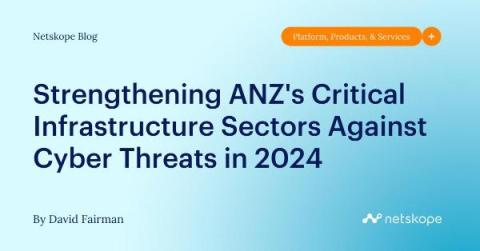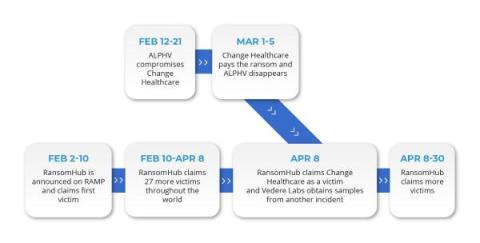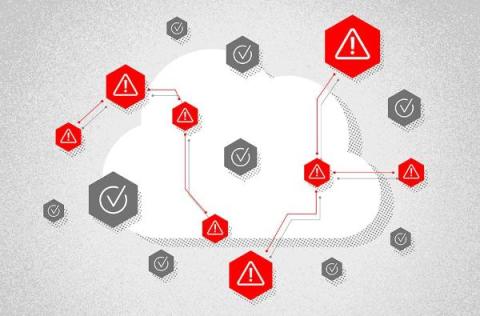Unauthenticated Out-of-Bounds Memory Read Vulnerability in Citrix NetScaler ADC and Gateway
On May 6, 2024, Bishop Fox publicly disclosed a vulnerability along with a proof of concept (PoC) exploit in Citrix NetScaler ADC and Gateway, identified as an unauthenticated out-of-bounds memory read issue in the components used for Authentication, Authorization, and Auditing (AAA).











